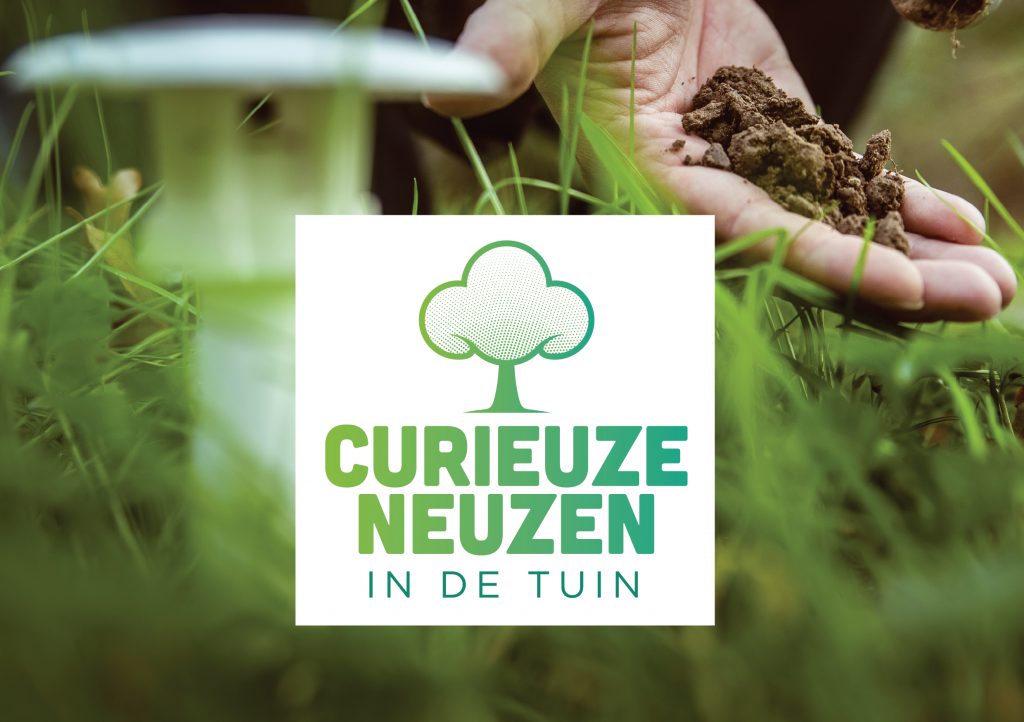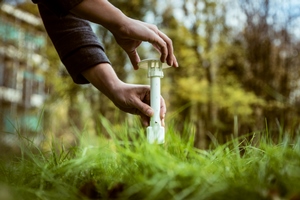As Earth’s climate continues to warm, a new pattern of more frequent and intense weather events continues to unfold around the world. This has led to longer periods of heat and drought, which in turn has an impact on the environment which is being felt everywhere, from rainforests to farmer’s fields and even our own back gardens, says Karel Callens, CEO & co-founder, Cumul.io.
While we all have read about, seen pictures, and watched news footage of the clear changes that are taking place around the world, do we really understand the impact that the changing weather conditions are also having on our local green spaces that we have come to value so highly, especially throughout an extended pandemic lockdown?
In April 2021, the University of Antwerp launched user-driven research projects ever conceived to understand the effects of climate change across the back gardens and parks in Flanders, Belgium. Taking place over the course of 6 months, 5,000 citizens are logging and analysing data taken from IoT sensors in their gardens and sharing the insights using embedded analytics-enabled dashboards.
The project is called CurieuzeNeuzen in de Tuin. Or in English, Curious Noses in the Garden.
Data-driven gardening
“The best way to truly understand how heatwaves and droughts are effecting our communities is by studying local data from fine-mazed networks,” explains Jonas Lembrechts, a Postdoctoral fellow in mountain ecology and plant invasions at The University of Antwerp, and the person scientifically responsible for CurieuzeNeuzen.
He continues, “CurieuzeNeuzen is about examining the effects that changing weather conditions are having on local environments by capturing variations across different areas so that we can track the whole region and take action to prevent further damage. To do this, we needed help from our local community to access hard to reach and private green areas.”
The initiative by the University of Antwerp and newspaper De Standaard, in partnership with Rabobank.be, telecom provider Orange, VITO, the Flemish Environmental Society, the Flemish Government, Bio-Planet, iFLUX, DPD, Aquafin, and Cumul.io, has seen the deployment of thousands of IoT sensors, known as ‘Garden Daggers’, across each of its 5,000 citizen scientists’ gardens to measure everything from soil temperature and humidity through to surface and air temperatures and the impact on the lawn its planted in.
IoT garden daggers
The Garden Daggers are based on an existing TMS-4 sensor from TOMST, a Czech company famous within the scientific microclimate community for its highly reliable and robust sensors. The main difference from similar projects being that the CurieuzeNeuzen-daggers connect to a specially created Orange 4G Internet of Things network to map the local effects of large-scale weather events on the gardens across Flanders. With the old TMS-4 sensors, researchers had to read the data manually with a cable.

This was critical to the success of a project reliant on the ability to collect and share real-time data taken from IoT sensors. Without real-time data, communication would be massively hindered as it would rely on the manual reading of individual IoT sensors to obtain the data recorded onto the device’s memory.
Built-in batteries contained within the TMS-NB sensors created another challenge for the project team. The sensors were being shipped from the Czech Republic and, due to the nature of the technology, could not be shipped while activated. This meant that the sensors would need to be activated by the participants after their arrival to the site of installation. Participants were provided with instructions on how to do this, however in the event of a failed activation, an automatic emergency activation was planned 2-3 weeks after the planned installation date.
The 4G narrow-band IoT network also enables data to be shared in a battery friendly way. As Gert Pauwels, head of IoT & M2M & big data & innovation at Orange Belgium, explains, “The environment and energy transition are a major priority for us. We are making the measurement network smart, so that the data is immediately available to the scientists. In plain language: we have stripped everything we don’t need to leave a network that is as pure and energy-friendly as possible.”
Interacting and engaging with data
For the project to be a success, the team needed to find a way to transform raw metrics from the TMS-NB sensors into clean, easy-to-understand data for its citizen scientists. The team solved this by using a Cumul.io embedded analytics platform, which provides a quick and easy way to create interactive dashboards for participants, turning raw data into simple visuals which could be shared with one another.
All 5,000 citizen scientists in Flanders are now remotely accessing and interacting with their garden data through their own embedded analytics dashboards. The dashboards display visualisations such as the highest and lowest measured soil temperature, air temperatures and soil humidity. In addition to sharing this data with the CurieuzeNeuzen project team, each citizen scientist can view and analyse the statistics in their individual garden, as well as comparing their garden soil temperature and moisture levels with other participants and the rest of the community through social media.
It hasn’t all been plain sailing. As with all projects of this nature, the firmware has encountered some software bugs over the course of the project. The team found that the sensors could only be updated when connected to a PC with a dedicated software tool installed which means that moving forward, the TMS-NB firmware will be updated to enable remote firmware updates. Additionally, this same remote connectivity will allow for the modification of the sensor’s measurement settings, making it a lot more flexible in use.
Data for all of us
Although early days, in the short time since the project started, the findings have contrasted with the initial assumption that inner city gardens would be worst affected by changing weather conditions, due to the built-up nature of cities causing hot air to get trapped and creating ‘urban heat islands.’
However, due to the design of these inner-city gardens, which are often smaller and shadier, they are naturally cooler on sunny days and thus less impacted by hotter weather. This kind of unexpected insight gives citizens a clear outline of how their gardens conditions can be both improved and worsened under these conditions.

Above all, the project has shown that participants love interacting with real time data. For example, many of the participants are engaging with an interactive map of Flanders or sharing their own dashboards on social media. This has created a vast network of citizen scientists all sharing details and insights, allowing the project to reach a huge audience across Belgium including many who are interested in following issues around climate change, and lots of enthusiastic green (and curious) nosed gardeners who want to create a healthy garden.
The project has served as a wonderful example of how technology in this case IoT and embedded analytics can combine to show that data science isn’t just about deciphering difficult to read data sets and analysing impenetrable databases. Accessibility will play a key role in fully realising the true impact that data will have in the modern world. CurieuzeNeuzen shows that you don’t need to be a qualified data scientist to understand and use data, and in this case, fully understand the immediate effects that climate change is having right under our curious noses.
The author is Karel Callens, CEO & co-founder, Cumul.io.
Comment on this article below or via Twitter: @IoTNow_OR @jcIoTnow










